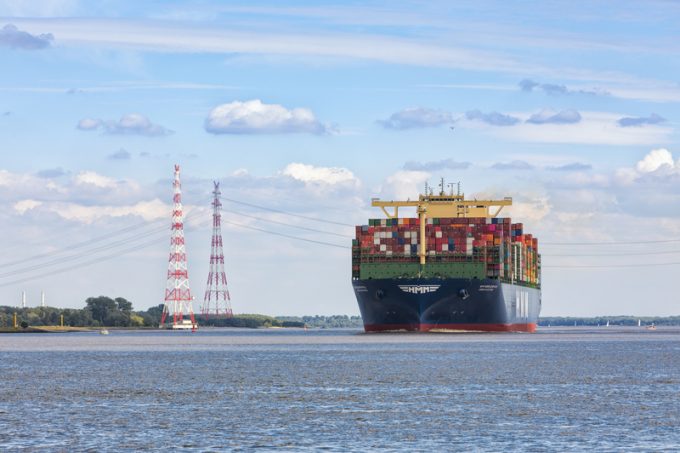East-west rates diverge as transpac spots hold while Asia-Europe keeps falling
Container spot freight rates on the main east-west trades diverged this week after a series ...

South Korean ocean carrier HMM has posted its first annual profit for five years, despite a decrease in its liftings.
Revenue last year surged by 16.3%, compared with 2019, to $5.43bn, earned from a 9.2% decline in its container volume to 3.89m teu.
Net profit came in at $105m, in comparison with a loss of $500m the year before.
HMM moved back into the black in the fourth quarter, recording a net profit $137m, after 15 consecutive loss-making quarters and racking up some $3.5bn ...
Trump tariffs see hundreds of cancelled container bookings a day from Asia
'To ship or not to ship', the question for US importers amid tariff uncertainty
'Disastrous' DSV-Schenker merger would 'disrupt European haulage market'
'Chaos after chaos' coming from de minimis changes and more tariffs
Forto 'sharpens commercial priorities' as it lays off one-third of staff
List of blanked transpac sailings grows as trade war heats up and demand cools
EC approves DSV takeover of DB Schenker
Overcapacity looms for ocean trades – with more blanked sailings inevitable
Amazon Air’s metamorphosis: 'a different air cargo unit from two years ago'
Shippers in Asia restart ocean shipment bookings – but not from China
India withdraws access for Bangladesh transhipments, in 'very harmful' decision
'Tariff hell' leaves industries in limbo – 'not a great environment to plan'


Comment on this article